The epic and controversial clash between the reigning champion, Russian Boris Spassky, and the brash young American contender, Bobby Fischer, put that noble sport on the front page of every newspaper in the UK. And made it the lead story on radio and television news.
Did you spot three pointers there to give you a clue as to why the world was so engrossed in a sport that had barely made news before in the modern era? 1972. Russian. American. The Cold War may not have been at its coldest at that time – or hottest, depending on which way you ran the thermal scale – but it was certainly too cool or too warm (thermal scale again) to be comfortable.
The USSR had dominated world chess since 1948, and Fischer was totally disrespecting them. His increasingly erratic behaviour delayed the start of the match by two days. Then he lost the opening game, and forfeited the second after refusing to play it. But after that, it was all Fischer, and he went on to win 12.5 – 8.5.
The match captured the world’s imagination in a way that chess will never do again. And true to form, Fischer refused to defend his title three years later. A new Russian star, Anatoly Karpov, became champion by default, beginning another long stretch of Soviet domination.
It all happened during my own chess heyday which ran from 1968 to 1975 and included beating the then British Champion Bob Wade in a knockabout game in 1970, when he unsuccessfully attempted to disprove an opening system I had created. After losing, he analysed my system overnight, proceeding to demolish it the next day.
Chess has endured across the centuries because it’s a strategic and tactical war game. The aim is to kill your opponent’s King, and much of the enjoyment during the battle is killing those defending him – bishops, knights, pawns, rooks, and of course, the most powerful person in the arsenal: his Queen.
Yep, girl power rocks on the chessboard.
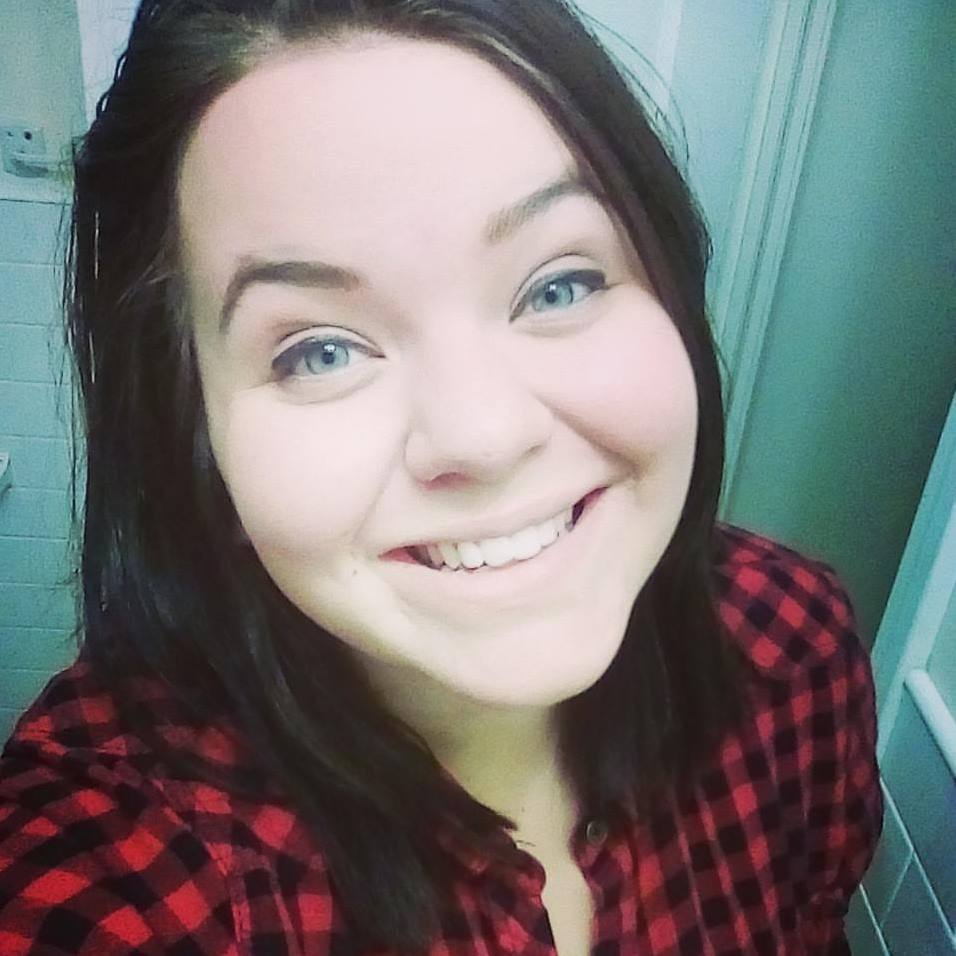
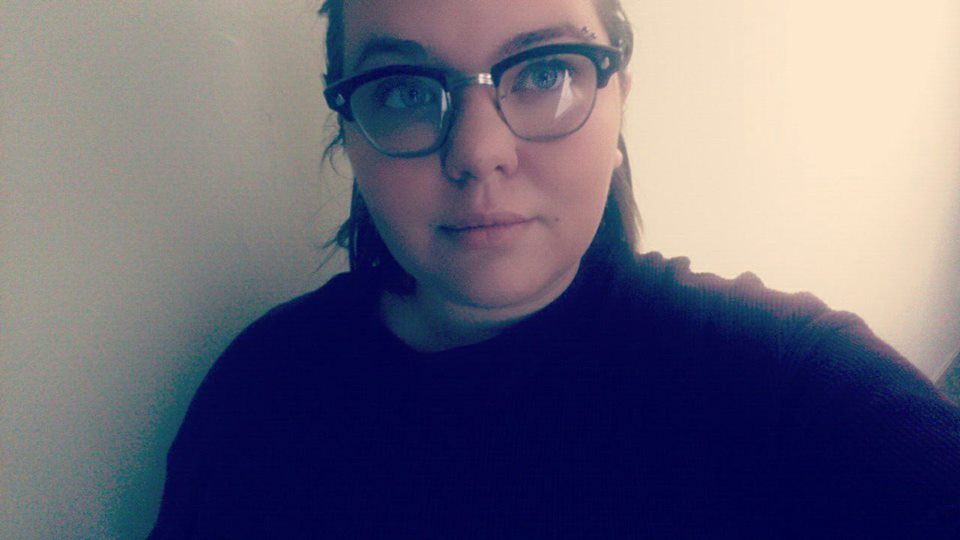


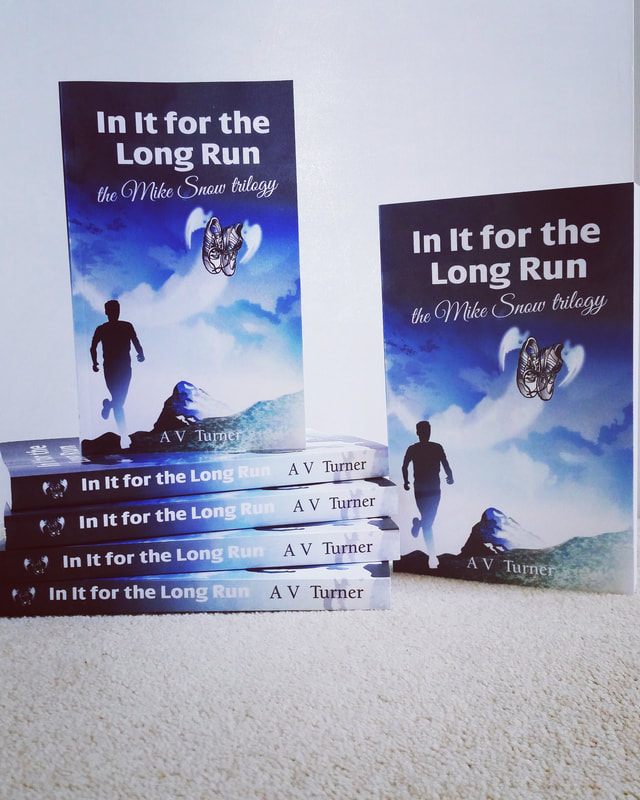
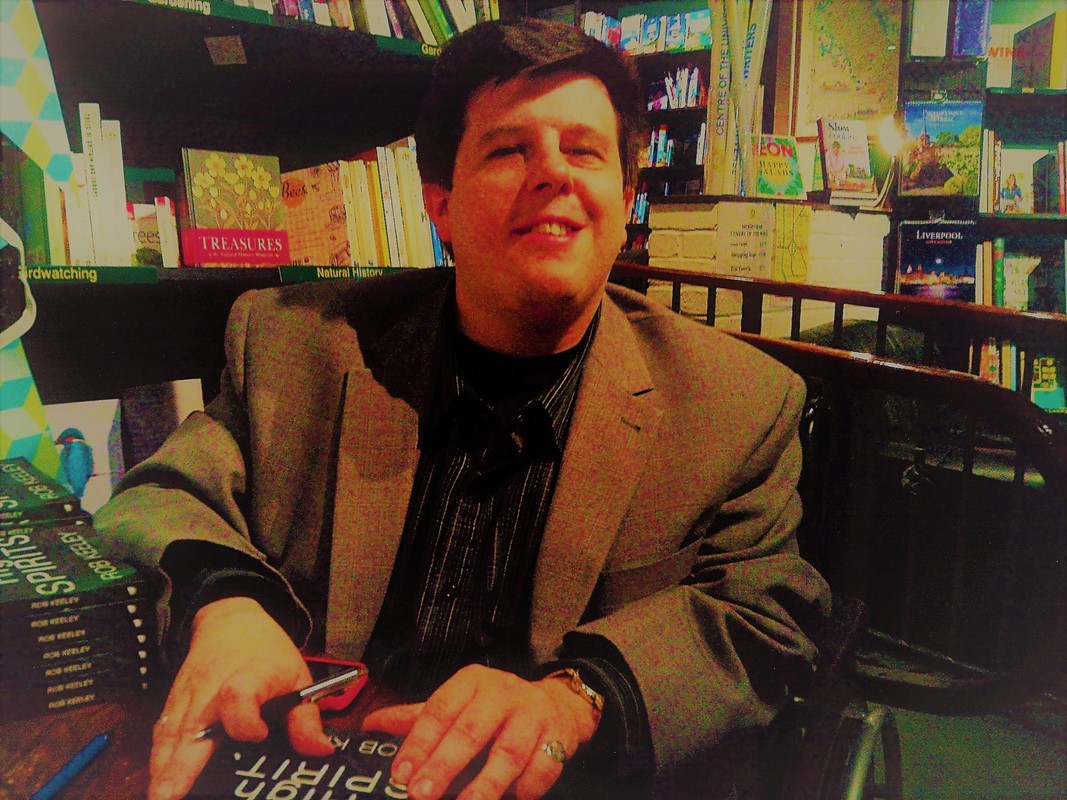
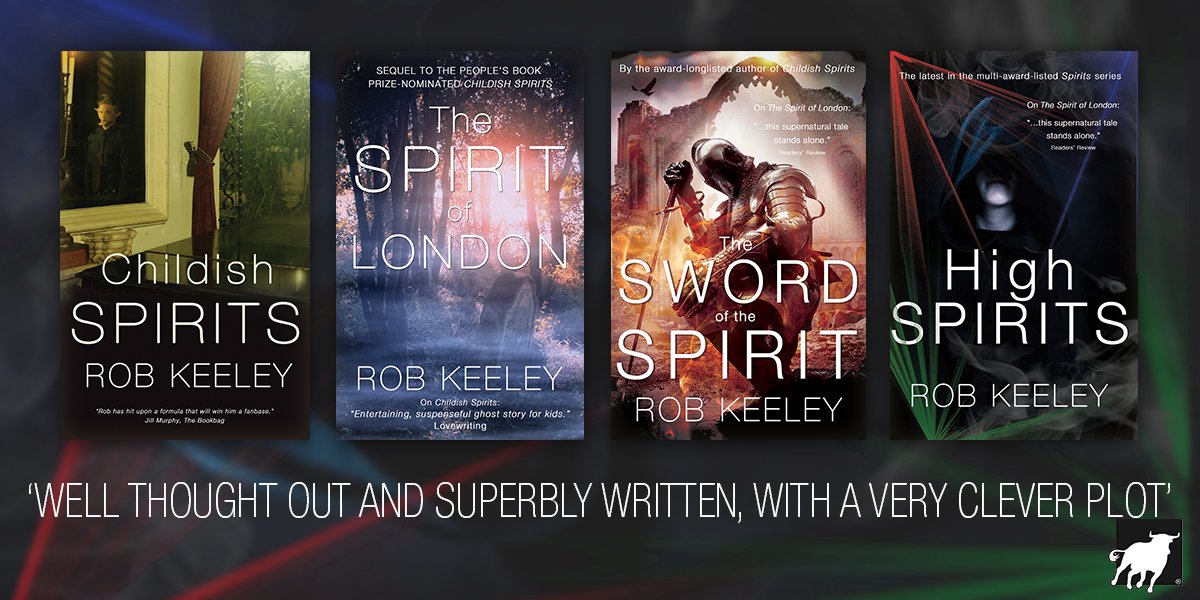
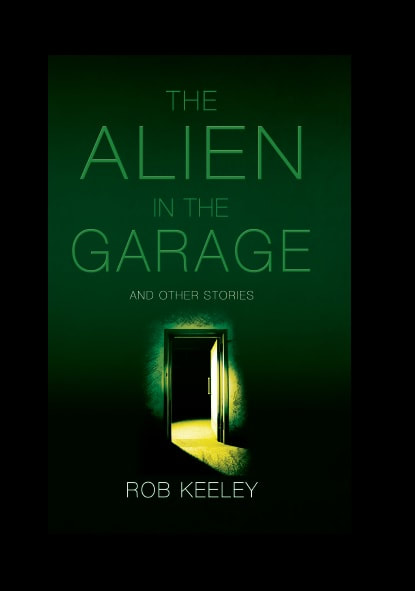
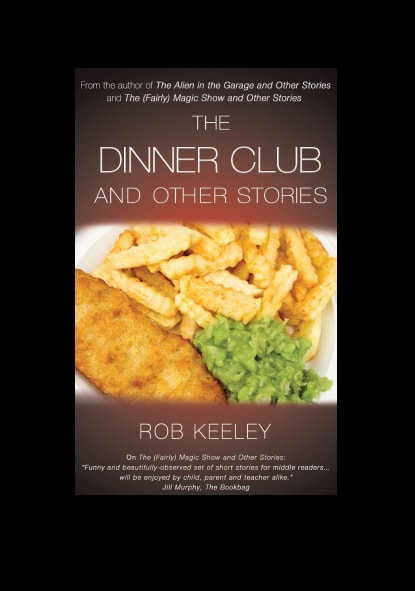
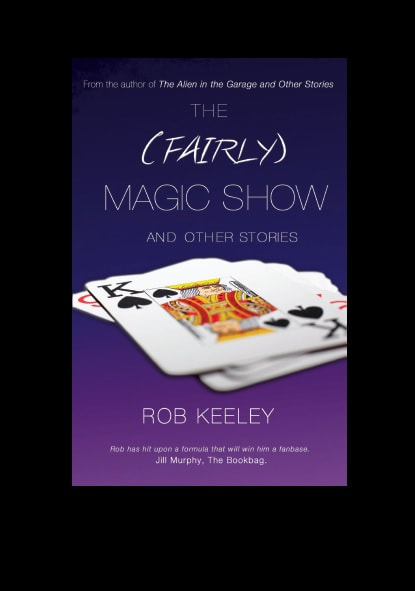
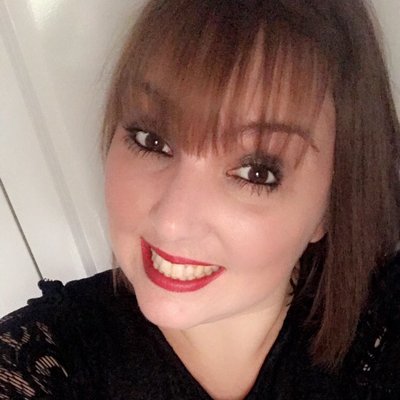
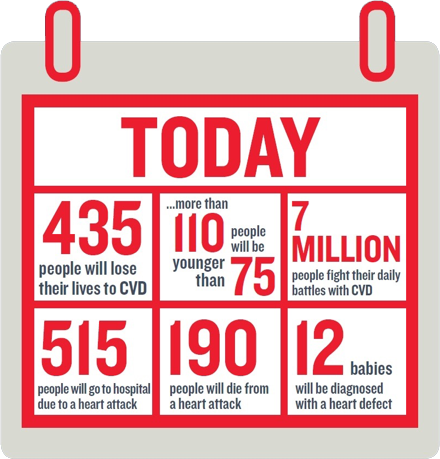
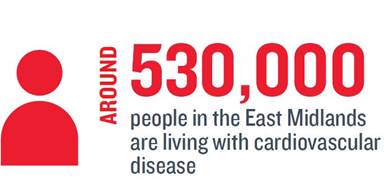
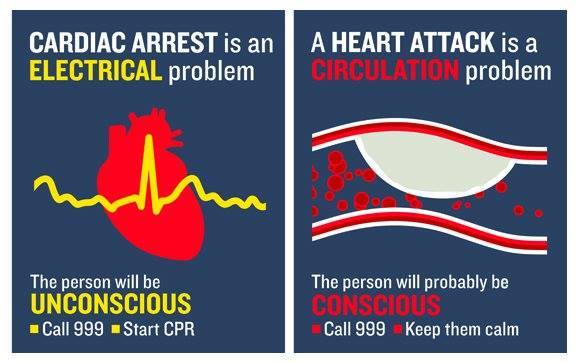
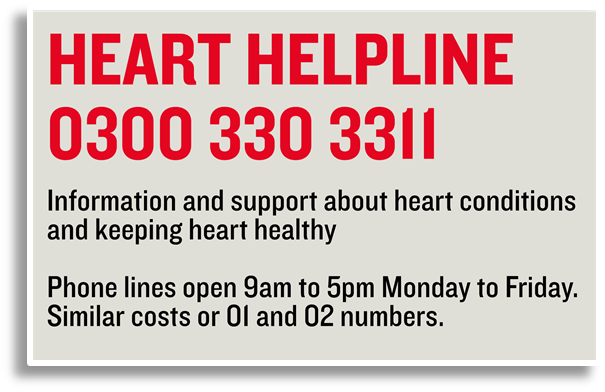

 RSS Feed
RSS Feed
